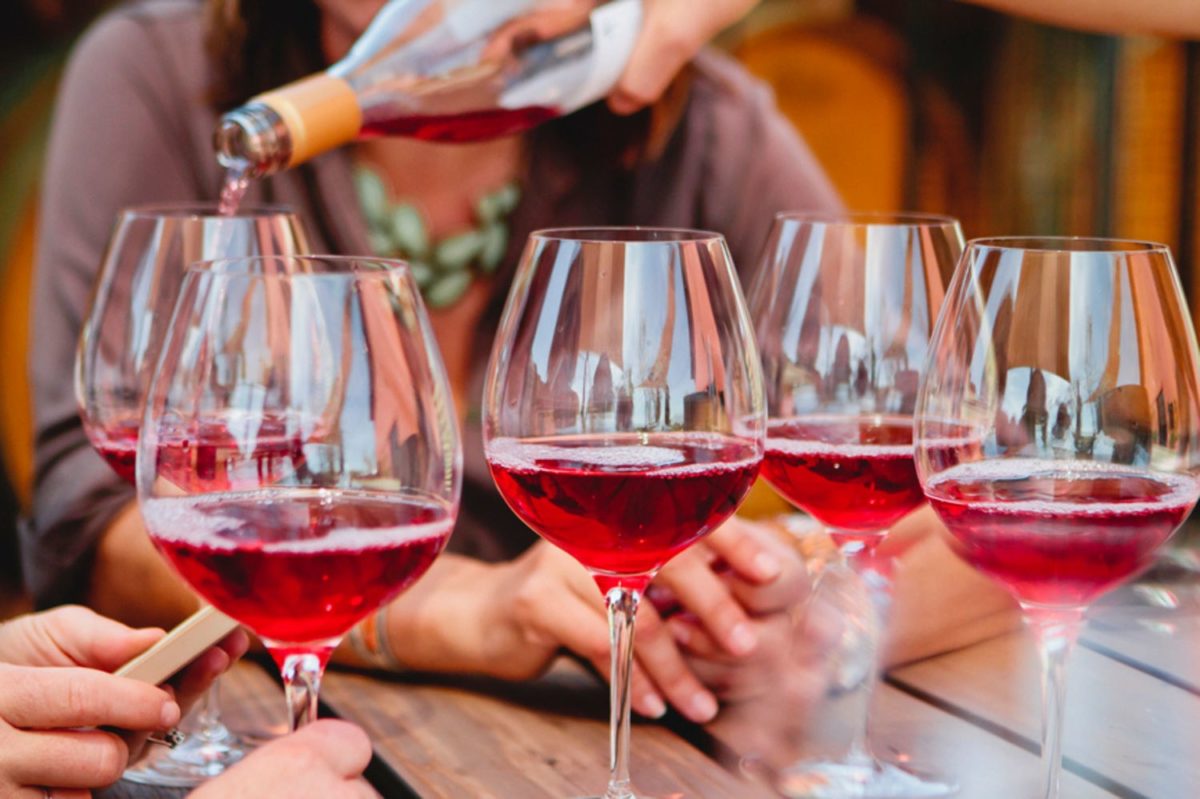Taste Wine, Smell Wine with Wine Appreciation Singapore by Taberna Wine Academy
How do beginners start to learn how to taste and smell wine?
Our learner’s wine sampling aide here in this Wine Appreciation Singapore website will show you the most vital strides on the most proficient method of how to taste and smell wine. Are you ready to dive into learning the right way to taste and smell wines?
Smelling wine – A guide to smelling wine like a pro!
The smell of wines: Understanding Your Nose
Half of taste originates from the smell, and a lot of fulfillment can be picked up from smelling a wine before you drink it. The aromas can be sensitive and rich, yet in addition to that, the aromas can also be impactful and solid. Understanding a glass of wine with your nose, enables you to get an essential comprehension of the wine. These are the notes you need to understand when smelling wines!
• Decrease: Low dimensions of the decrease are portrayed as minerality or stony and offer progressively complex natural product flavor and character. Abnormal states are very terrible, prompting that stinky character.
• Oxidation: The inverse of decrease, the wine will be a browner shading and offers smells of toffee, caramel and nectar. The issue would be abnormal amounts of broken up oxygen and this diminishes the measure of organic product season.
• TCA (Trichloroanisole): A spoil that is reminiscent of soggy cardboard and can diminish dimensions of organic product flavor and freshness. Low dimensions are hard to recognize however abnormal states for the most part implies the wine has either been spoiled by the plug or due an issue in the winery.
The taste of wines: Understanding Your Palate
While genuine flavor is distinguished on the sense of taste, it is the wine’s sugar, tannin and corrosive parts that are maybe the most essential angles to think about when tasting a wine.
• Sight: to begin, pour a little measure of wine in a spotless clear wine glass. Delicately whirl your glass and see how the wine coats the glass either becomes all-good or vanishes. This “running off” is known as the “legs” and signify the liquor content of the wine. The more legs, the higher the liquor content.
• Sniff: the activity of whirling the wine really causes the fluid to interact with oxygen which opens up the flavors and smells of the wine. Spot your nose over the highest point of the glass and take a profound sniff or relax. Wine sampling is exceptionally emotional and fragrances and tastes depend on our experience and understanding.
• Taste: take in the taste of the wine and hold it in your mouth and figure out the body of the wine. The theoretical fragrances you translated earlier when you sniffed, now becomes progressively more concrete in your mouth. Feel it, taste it and enjoy it!
• Twirl: with the taste still in your mouth, tenderly whirl it; letting it come into. This activity enables you to decide on the surface of the wine and whether it feels smooth or unpleasant.
• Swallow: finally swallow the wine. A finish can be short or long one; whereas longer finish means high-quality wine.Making Your Determination
The initial segment of how to taste and smell wine comprises of the tester’s “close to home” opinion as this incorporates how the wine appears to that individual, what the shading is, the means by which it smells on your nose and tastes on your sense of taste.The second part utilizes the data picked up from these individual perspectives to help make an inference. These can go from the cost of the wine, its grape assortment, nourishment pairings and beginning. The key is to comprehend what to really search for and realizing this will enable you to separate the differing factors.
Learn the right way to appreciate, taste, smell and drink wine! Acquire and hone your wine knowledge with Taberna Wine Academy
Learn how to taste and smell wine with Wine Appreciation Singapore by Taberna Wine Academy today!


